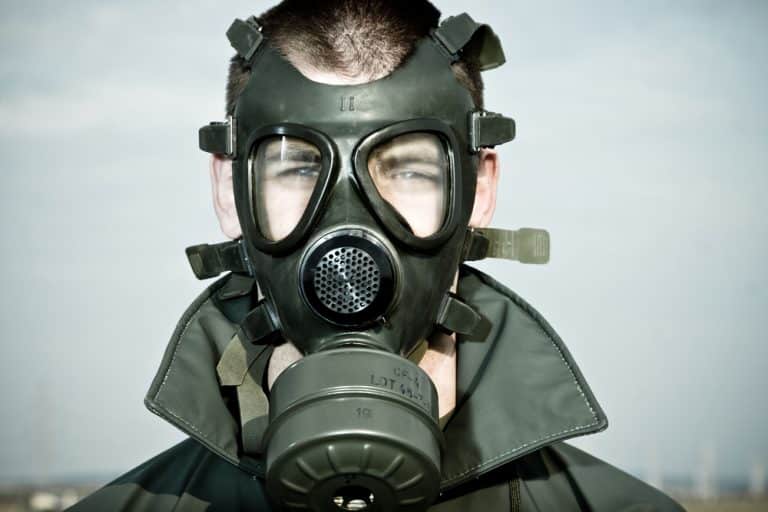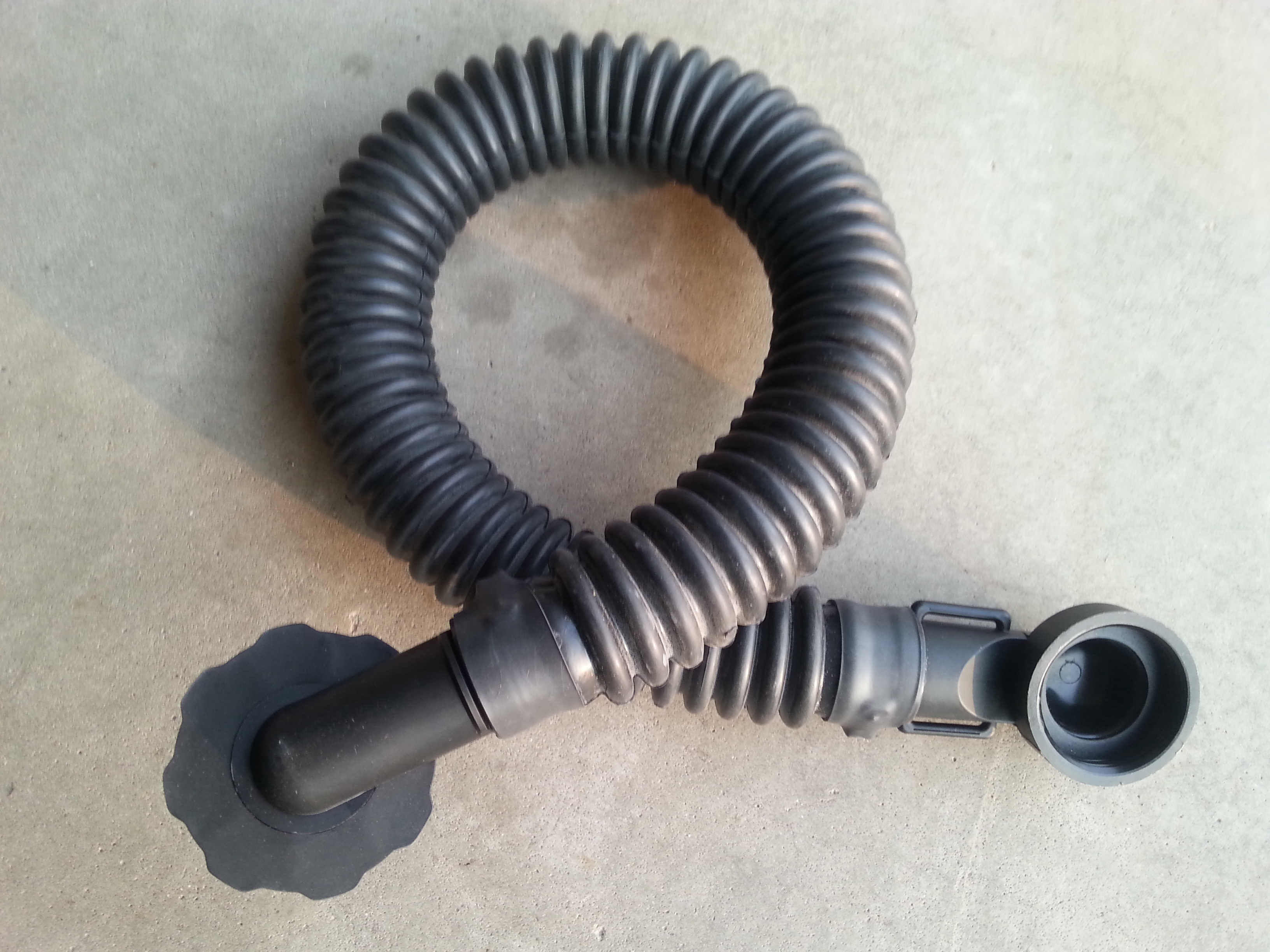


If a spark resister is used this should be checked daily for any signs of wear and tear. Those that are in constant use and filtering more hazardous contaminants will require replacement sooner. HE filters need to be replaced every 2-4 weeks (subject to frequency of use and application). As best practice the pre-filter should be replaced each day or at least twice a week for applications that do not require constant use of the PAPR. These must be checked daily and require replacement often because of their frequent use. We recommend that the hygiene kits are replaced every 6 months.įilters in our PAPR units are extremely important to monitor as these are stopping the contaminants in your environment from making their way into your respiratory system. Internal touchpoints need to be cleaned weekly and any material components are machine washable and should be washed for hygiene purposes.

It’s very important to regularly check the inside of your headtop as this is in constant contact with your head and any sweat can cause to the material to deteriorate. It’s always important complete regular inspections of the respirator for any signs of wear of damage and replace as and when appropriate. For the applications that require a hard hat certification, we recommend replacing them within 5 years to ensure they are still providing you with the protection you need. Because of this, factors such as UV exposure, abrasive materials, hazardous overhead objects, and exposure to chemicals/paints will affect the life of them. Our headtops have been designed specifically for the environments they are used in. Our painting range should be replaced every 1-3 weeks, abrasive blasting every 2-4 weeks, and welding/grinding every 9-12 months. The capes/hoods have a varying life expectancy which is dependent on their application and their frequency of use.

This, however, is completely dependent on the user and this time will vary based on frequency of use, along with harshness of materials. A general rule we recommend is to replace visor seals every 3 months and cape seals every 3-6 months. Over time this compromises the strength of the seal, degrading the material and making it ineffective. The seal can become damaged from abrasive materials, sparks and paint making. These are there to ensure you’re protected from your environment by preventing any contaminants from making their way into your respiratory system. One key area is the seals on your respirator. Your headtop has several components that need to be regularly inspected in order to ensure you’re always being protected. By doing this, you can ensure you and your team are always getting the right protection with your respirator.
#Gas mask filter lifespan how to#
Knowing how to spot signs of wear and tear and when parts need to be serviced or replaced will positively impact on the life of your respirator. There are many factors that will determine the life of your respirator, whether it’s your application, frequency of use, or the byproducts in your immediate environment.


 0 kommentar(er)
0 kommentar(er)
